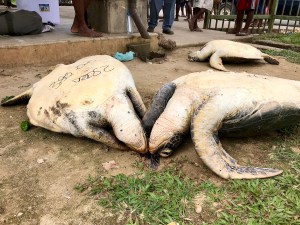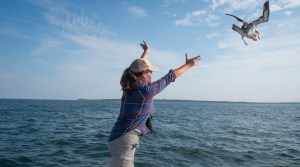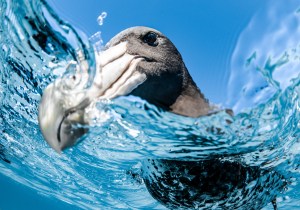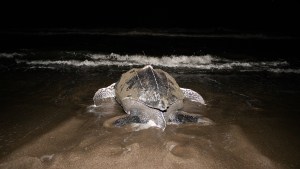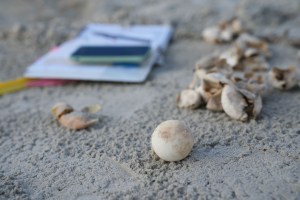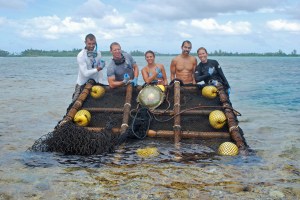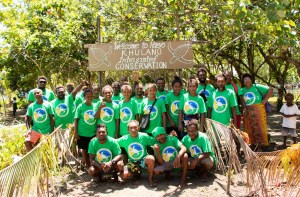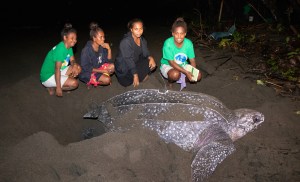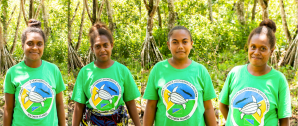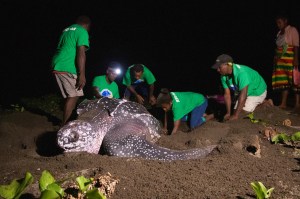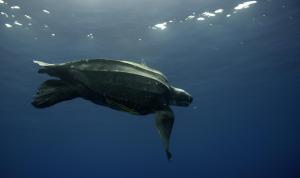Discover stories in Open Seas
To Save Pacific Turtles, Focus on Small-Scale Fisheries
Small-scale fisheries cause significantly greater mortality to Solomon Islands turtles than longliners.
Shearwater Search: The Trials and Rewards of Offshore Seabird Research
Off the coast of Long Island, researchers are helping shape conservation actions by tracking seabirds. But they have to catch them first.
Extreme Birding: The Strange Magic of Pelagics
12 hours on a small boat with 16 strangers, all to see a handful of seabirds? Welcome to the strange magic of pelagic birding.
Migration Data Helps Protect Leatherbacks Across Oceans
Data from a TNC-lead tagging study reveals the epic migrations of leatherback turtles.
Meet the Leatherback: A Giant, Deep-Diving Migrant of the Open Seas
What dives deeper than a submarine, swims across oceans, is covered in polka-dots, and has a mouth straight out of a horror movie?
To Monitor Loggerhead Turtles, Scientists Look to Their Eggs
In Georgia, scientists are using “genetic tagging” to track nesting loggerheads in one of the world's longest-running monitoring programs.
The Nature Conservancy Announces Expansion of First dFAD Partnership
This year on World Tuna Day, The Nature Conservancy (TNC) Hawai‘i and Palmyra announces the expansion of the first drifting […]
It Takes A Village
In the majority of places where conservationists work, our success or failure rides on the backs of the people who live there.
Women Lead Leatherback Conservation in the Solomon Islands
Changing cultural perceptions around gender can’t work without the support of the local communities.
Giving Voice to Haevo’s Women Rangers
Hear from the Solomon Island's first women rangers as share their experiences working to protect nesting leatherback sea turtles.
Satellite Tracking the Pacific’s Most Endangered Leatherback Turtles
A new satellite tagging study in the Solomon Islands will help protect critically endangered leatherback sea turtles.
The Fight to Save Western Pacific Leatherbacks
A new monitoring effort will gather information about the world's most endangered population of leatherback sea turtle.
